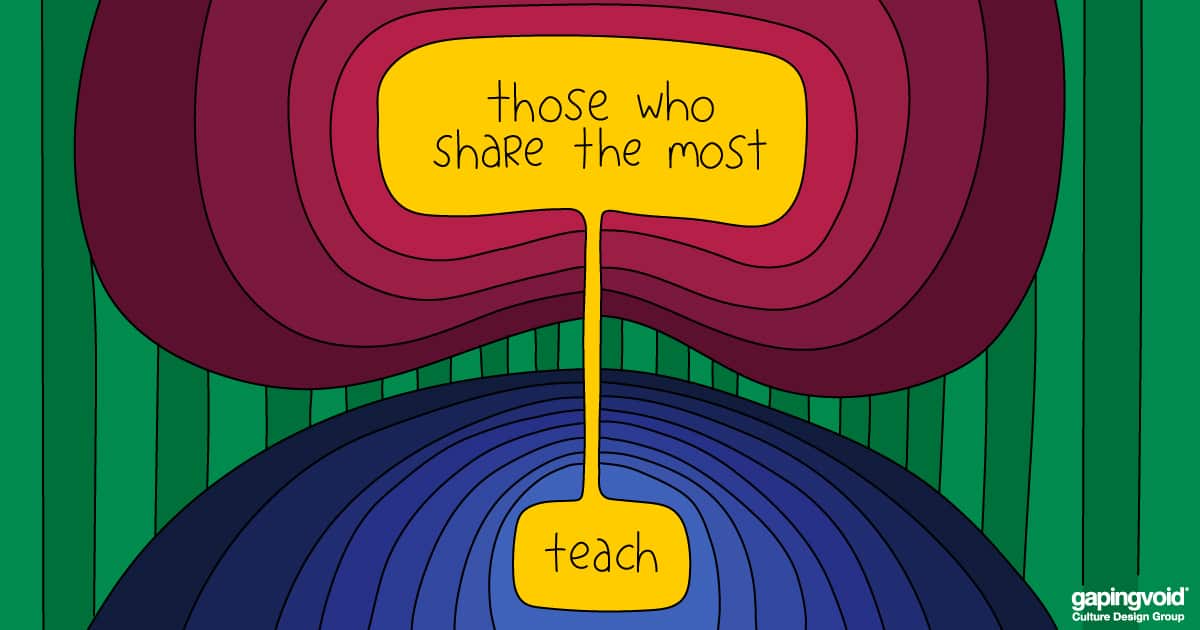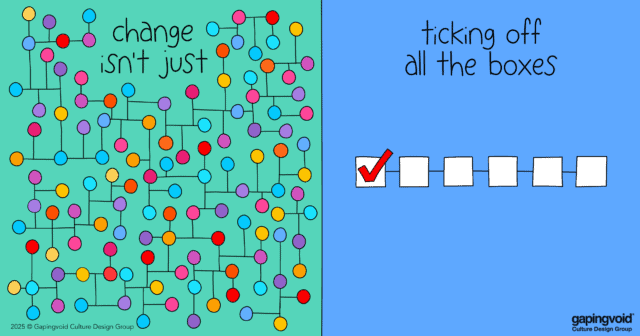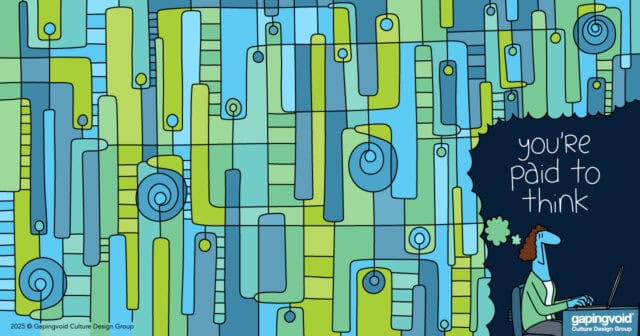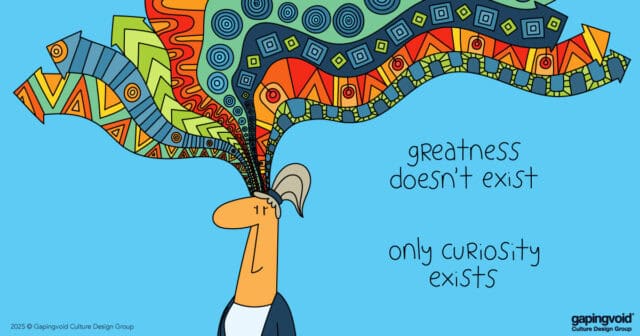
There are two ways to make a classical sculpture: call them “Addition” and “Subtraction”.
“Addition” is like Rodin: You start with a lump of clay, and you keep adding lumps of clay, shaping it as you go along until…voilà you end up with The Kiss. Then you cast it in bronze. Bada-bing.
“Subtraction” is like Michelangelo. You start with a big block of marble and using a hammer and chisel, you keep removing little pieces of marble until you’re left with your masterpiece. Bada-bing.
Someone once asked Michelangelo how did he know when to stop carving, and he said, “Easy, I just stop when I reach the skin.” If you’ve ever seen one of his non-finito sculptures, this is exactly what it looks like. Amazing!
Apparently, when it comes to mentors helping mentees to form themselves, the Michelangelo POV works as well– though instead of using tiny blows of a hammer on marble, you strike with tiny acts of constant affirmation, aiming towards the mentee’s ideal version of themselves.
Mentoring is important, simply because nobody lives forever. To build a truly lasting legacy one needs to be able to pass one’s skills along to the next generation. There’s also the idea that you don’t truly know a subject until you can teach it to somebody else- i.e. that the best way of mastering your craft is by teaching it to another.
All success requires sharing knowledge on some level. And the art of mentoring is probably the most emotionally satisfying way of doing it. Exactly.



